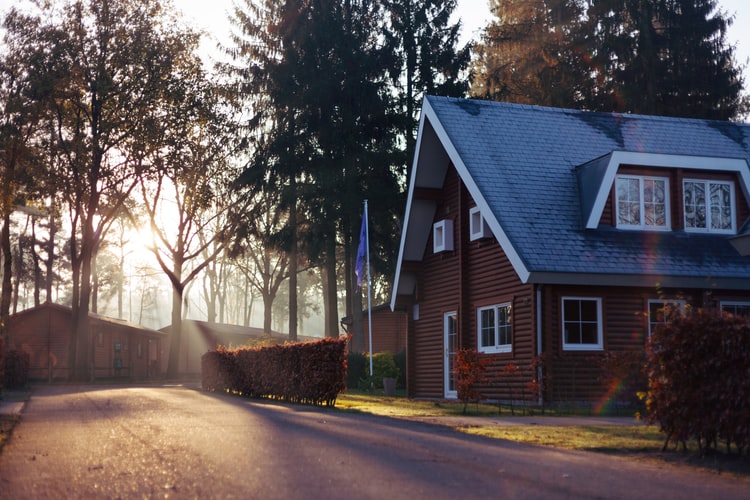You might have already marked some locations on the map to purchase a new house. Your budget and income also allow you to make this purchase in one of these selected locations. However, it is important to make sure that your next neighborhood is safe to raise your family. So, before putting your money on the line, visit that neighborhood and look for the seven red flags listed in this article. It is not easy to sell a house in a hood that is on the decline. So, do a little digging to see if the community is worth buying in or not. Before buying a house in Florida, look for the following red flags.
Too Many Houses On The Market
If you find two or three houses listed on the same street, this is not a red flag. However, if you find lots of “For Sale” signs, there is something wrong. Still, try to figure out why many homeowners are willing to sell their houses. Maybe most of them are older residents who want to downsize. Or, maybe there is some sinister explanation such as crime rate. So, don’t make this big move without doing homework.
Fewer Students In School
Schools, colleges and other educational institutions steadily increase their enrollment. If the class size is shrinking in schools or colleges, this might be a red flag. Keep in mind that there can be some other reason behind decreasing enrollment. Maybe parents are not sending their kids to a local school or college because of poor management. This may or may not be a strong indicator of a good or bad neighborhood. Still, this is something you must consider.
The Area Leans Industrial
It is good to have a strip of restaurants and cute boutique stores. However, don’t see it as a selling point. Don’t ignore the closest commercial influences. See if there are any nearby industrial settings or not. If there are, see their impact on the nearby residential communities. Learn about the effects of the kind of waste they are dumping. You don’t want to live in a toxic environment. It is good to have a few gas stations in the neighborhood but keep in mind that they also attract a lot of traffic.
Lots Of Empty Storefronts
Don’t just count gas stations, boutiques, restaurants and stores. Are they actually thriving? Are there too many spaces for rent? This might also indicate that people living there have less disposable income. This also matters as it indicates that the neighborhood is declining. Homeowners are not going for dinners. Maybe, they don’t have enough cash for upkeep. You want your house to be in a neighborhood that is most likely to grow in the near future.
Restrictive Homeowners Association
The location is equipped with a well-groomed suburban look. You are likely to fall in love with the settings. However, examine it more closely. Look for unique decorative doodads doting in gardens such as wind chimes or aluminum chickens. Is the porch furniture identical in all units? Suspiciously similar homes and landscaping in the neighborhood might indicate that the homeowners association is restrictive. This can also be an issue.
No Parking
So, the property has a garage to park one car. What about your spouse’s car? What about your friends visiting you on your birthday party? Think twice if you find bumper-to-bumper traffic on the streets. If there are some units with no garage or carport, look for a house in some other neighborhood. Lack of parking space is a big red flag.
Homes Are Not Well Maintained
Are streets in shambles? It is an obvious red flag. Broken fences, overgrown yards and other warning signs cannot be ignored. These signs do not indicate that people are not wealthy. Even lower-income neighborhoods can be well-maintained. The value of a house in a poorly maintained neighborhood is always decreased.
There are many ideal places for buying a house in Florida. However, just don’t ignore these red flags.
